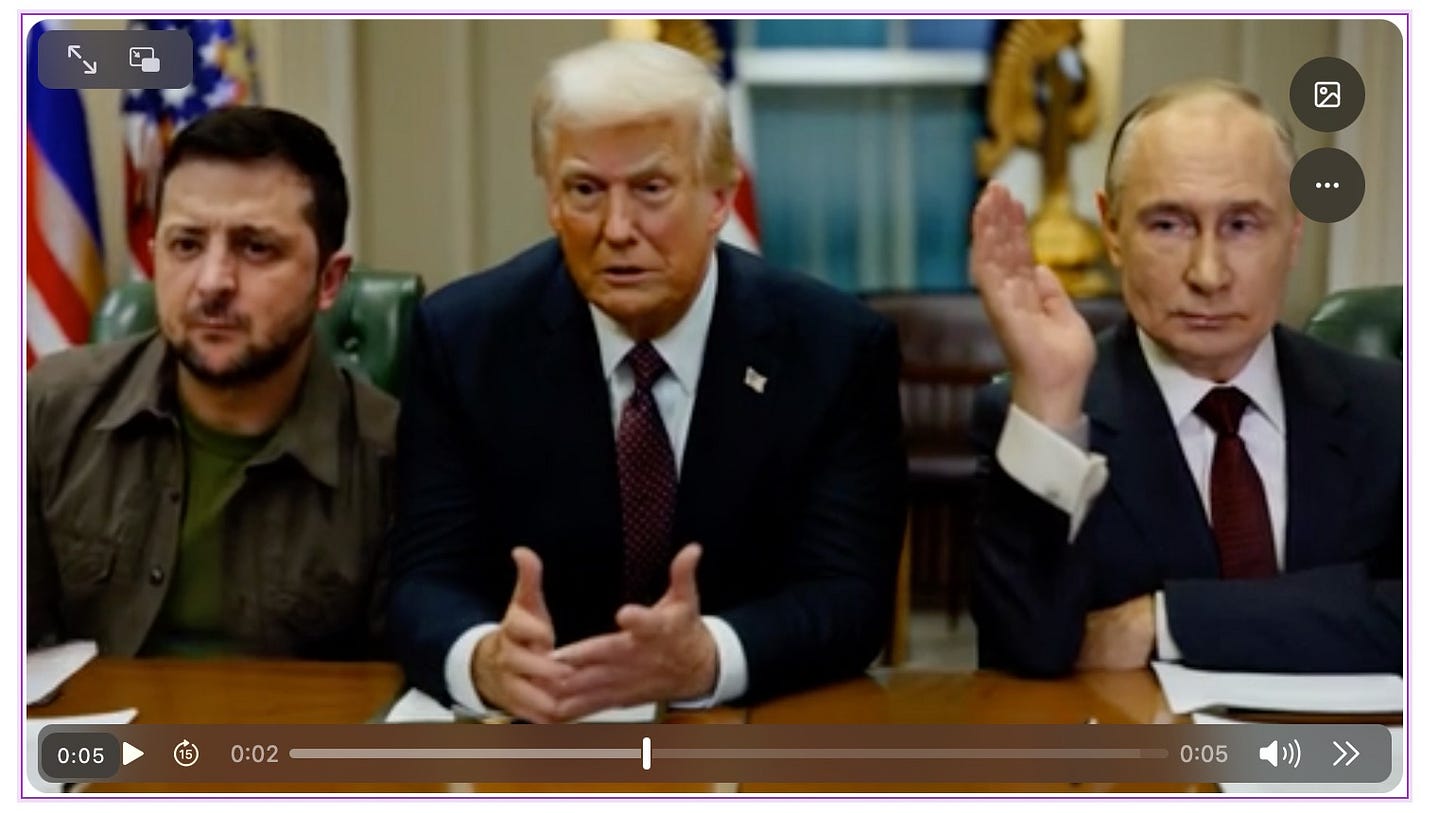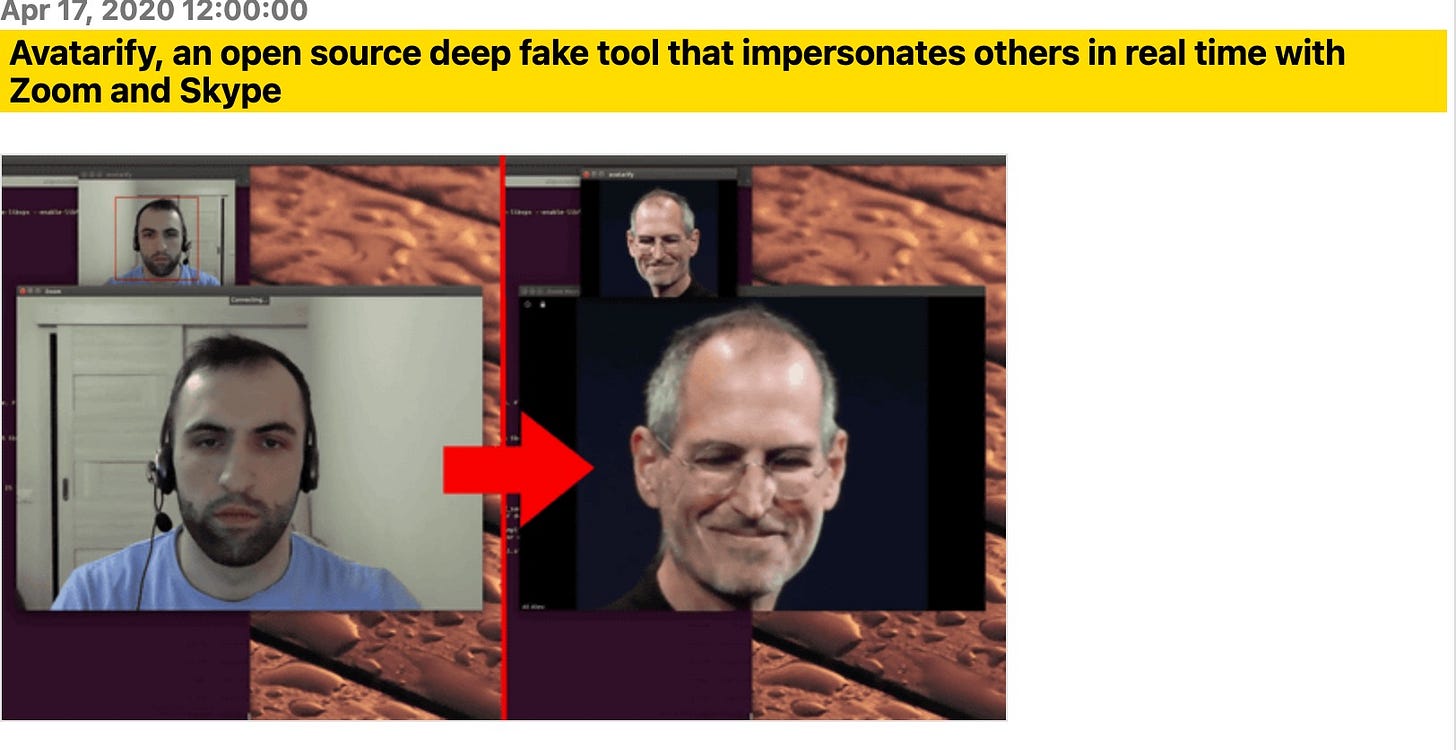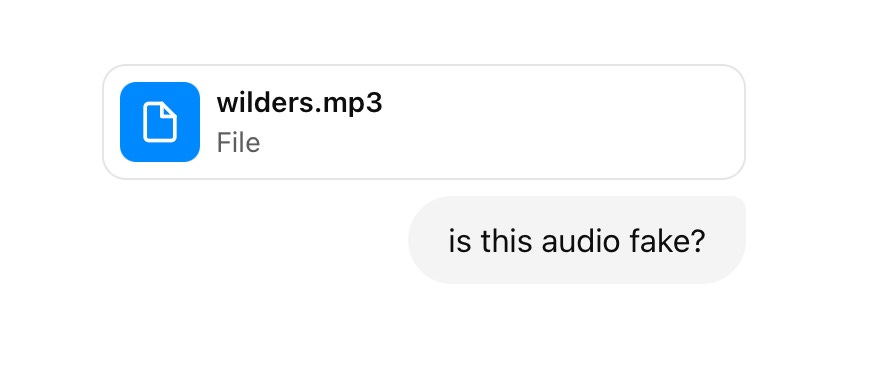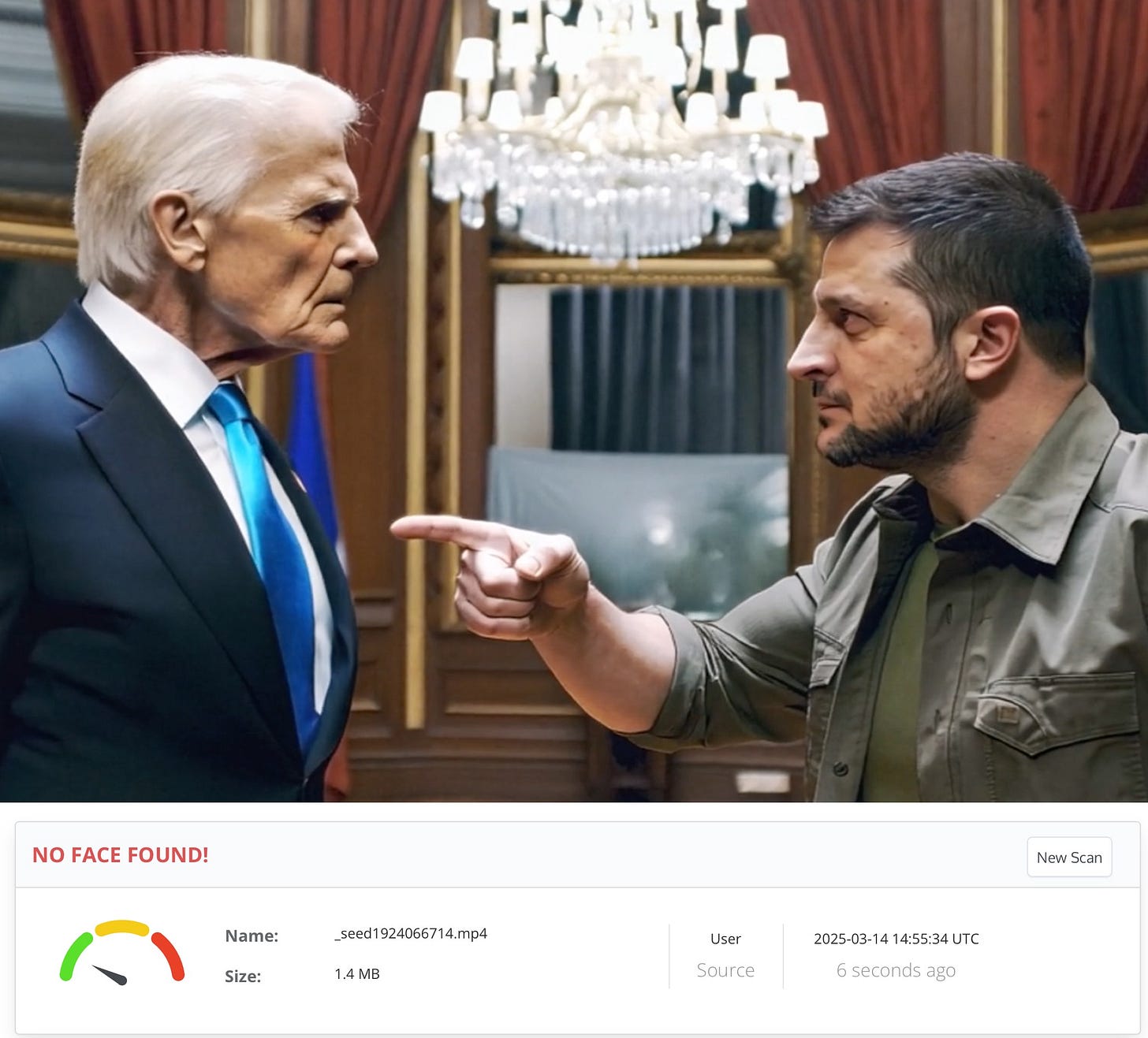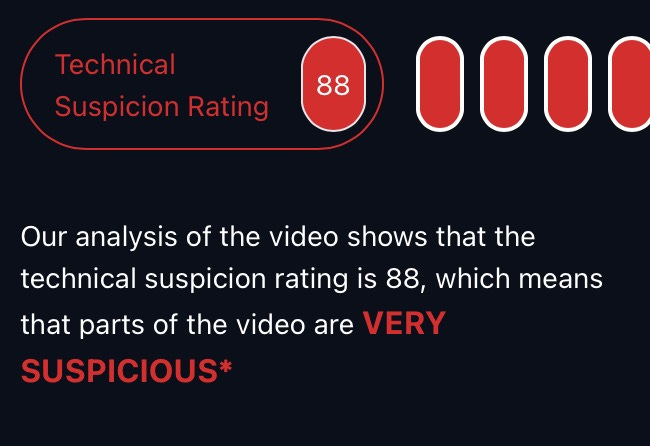How to detect deepfakes with AI
Fighting fire with fire can actually work (MANUAL)
Look, we need to talk about deepfakes again. Your boss calling at 3 AM, asking you to wire $550,125 to a mysterious account in the Cayman Islands. It wasn’t him, but AI.
Or that (fake) video call of your grandmother suddenly offering cryptocurrency advice — the same person who normally calls every tech issue "the computer virus".
And example 3, that LinkedIn posting from your dentist
“🦷✨ From Dental Chair to Quantum Computing 🔬💻! Let's delve into this fascinating world right now!"
My point is:: a reasonably functioning human brain would flag these examples as suspicious by default. Your boss doesn’t have your private number anyway , your grandmother is not into crypto and the dentist posting has that perfect AI trifecta: 1. irrelevant emojis, 2. Capital Letters and 3. "let's delve into".
Truly sophisticated AI content doesn't announce itself with emoji parades and career pivots that defy the space-time continuum. The most convincing AI-generated material blends seamlessly into our information ecosystem, which is precisely why we need effective tools to identify and debunk it.
I never gave up on using AI to detect if something is produced with AI. Before we mention the tools that can help, let’s talk about the ones that don’t. Most free products suck - like the “chatbot generated text detector” GPTZero confidently claiming the Book of Genesis is "100% written by AI."
Paid fake audio detection tools aren't much better - often they enforce you to endure a sales pitch crammed with buzzwords for a period that feels longer than it takes to actually create the deepfakes you're trying to detect. And the free ones? Don’t go there. An often recommended detection tool from Play.ht honestly told me that they are broken. Most of them will never say that to you in person. They simply display Error 500.
Did you know the new ChatGPT 4.5 promises to deliver deepfake audio detection?
It starts to import important-looking code first:
And then it concludes: nothing wrong here!
In reality, it’s faking its abilities, it’s not able to detect fakes. The chatbot hallucinated.
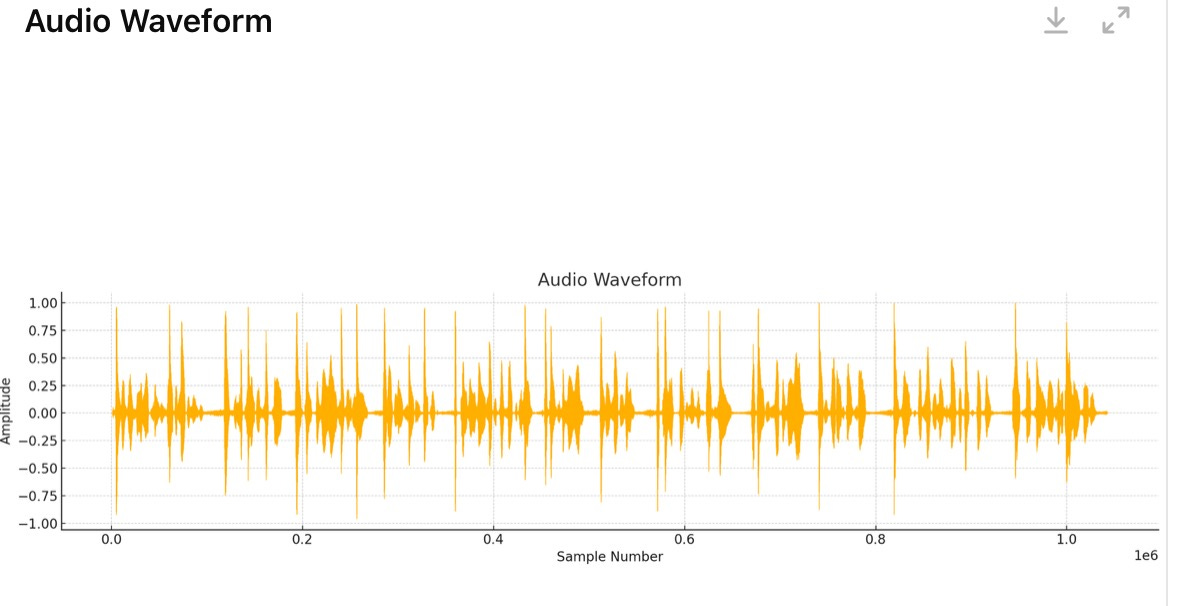
And video? My mother of all Fakes - the Mount Everest of crude digital deception - is this video below, which I've run through virtually every video detection tool.
Most of these so-called "sophisticated" tools failed spectacularly to spot that this is fake. Meanwhile, any human with functioning eyeballs can immediately tell it's about as authentic as a three-dollar bill.
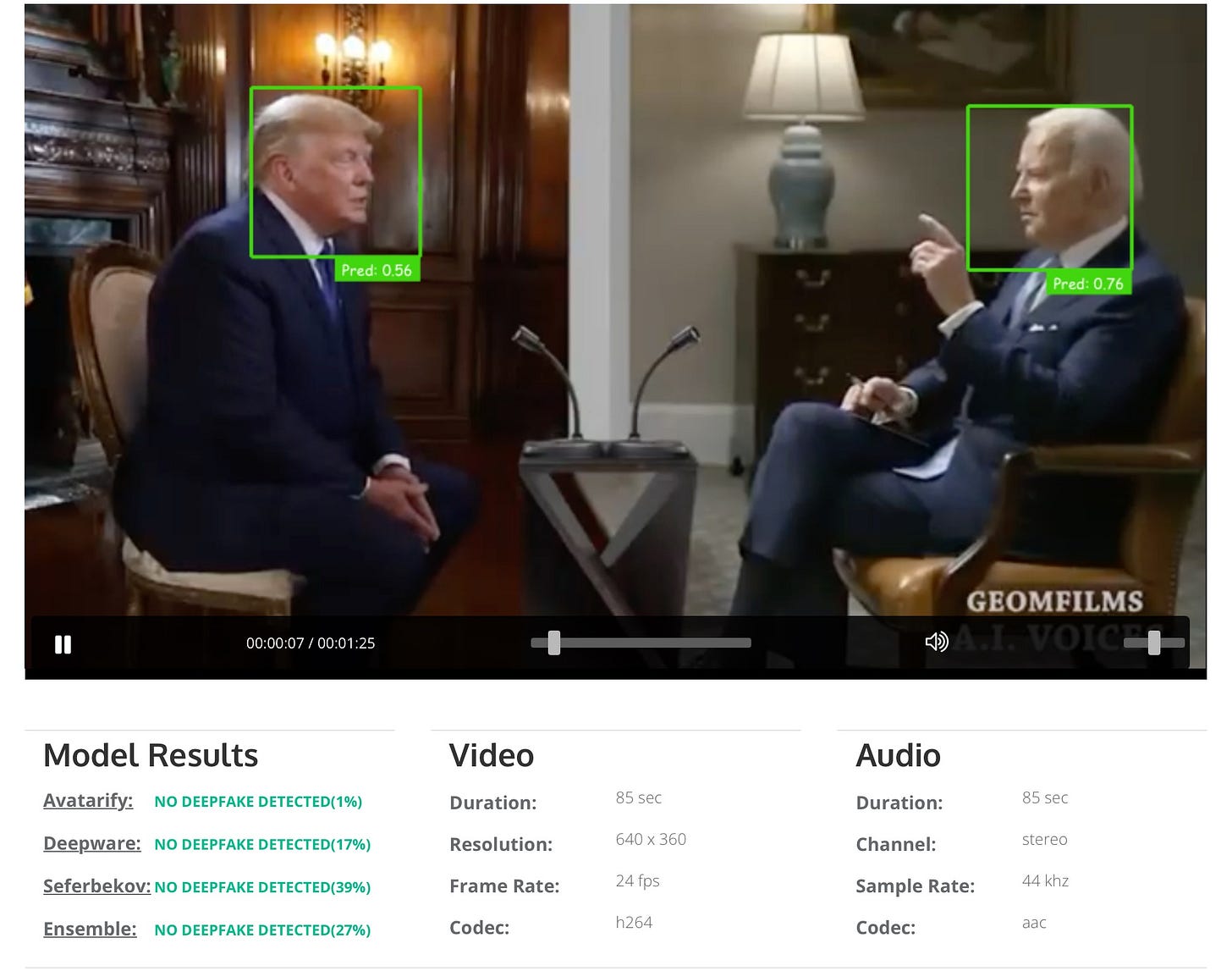
A video test I did with ChatGPT failed too:
Visual Inspection Observations:
Facial Consistency: Faces appear realistic, with natural expressions and consistent lighting.
Edge and Artifact Analysis: Preliminary visual analysis doesn't immediately reveal significant blurring or unnatural edges around faces.
Another video scanner says no faces are visible….
You get my point. Most of the tools that promise clarity in finding if it's fake don't deliver. So let’s have a look at the tools that are helpful.
Buckle up, because I'm guiding you through the surprisingly hopeful, but nerdy world of AI fake detection, where technology fights technology in a battle for truth that, for once, truth might actually be winning.
Keep reading with a 7-day free trial
Subscribe to Digital Digging with Henk van Ess to keep reading this post and get 7 days of free access to the full post archives.



